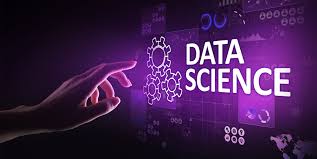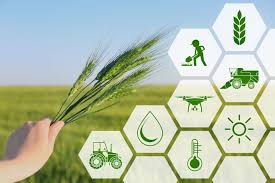
Agriculture is the backbone of our global economy, feeding billions of people every day. But modern farmers face constant challenges—from unpredictable weather and pest infestations to climate change and resource scarcity. Traditional crop monitoring methods, like manual inspections, can be time-consuming and often fail to provide timely insights. This is where Smart Farming with AI steps in to transform agriculture, making farming more efficient, productive, and sustainable.
The Challenges of Traditional Farming
Outdated Monitoring Methods
For decades, farmers have relied on manual inspections and periodic sampling to monitor their crops. While these methods have been useful, they lack real-time data, making it difficult to spot problems early. A pest outbreak or nutrient deficiency might go unnoticed until it’s too late, leading to reduced yields and financial losses.
The Growing Impact of Climate Change
Extreme weather patterns, rising temperatures, and unpredictable rainfall are making farming more challenging than ever. Additionally, pests and diseases are evolving, further threatening crop production. In this unpredictable environment, farmers need data-driven solutions to stay ahead and maximize their output.
How AI is Powering Smart Farming
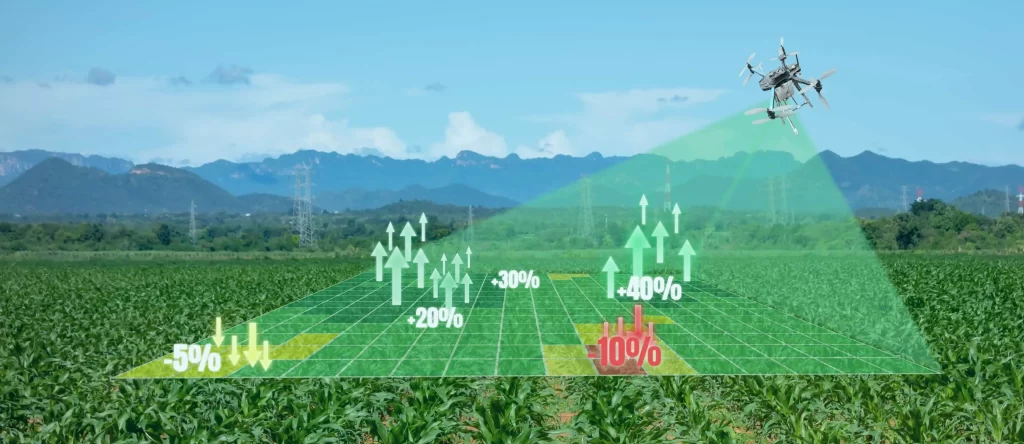
Drones & Remote Sensing
AI-powered drones equipped with high-resolution cameras and multispectral sensors are revolutionizing crop monitoring. These drones capture detailed images across large fields, allowing farmers to detect plant stress, diseases, and irrigation issues before they become major problems.
Satellite Imaging
Satellites provide a macro view of vast agricultural lands, offering real-time updates on crop health and soil conditions. When combined with AI, satellite imagery helps predict yield potential, detect anomalies, and provide early warnings about adverse weather conditions.
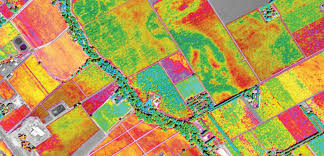
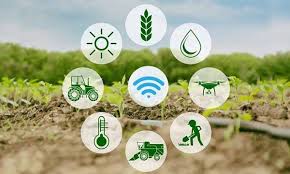
IoT Sensors & Smart Farming
AI is also integrating with IoT (Internet of Things) sensors that track soil moisture, temperature, and nutrient levels in real time. This data is fed into AI models, which analyze trends and suggest the best course of action. With AI-powered automation, farmers can optimize irrigation, fertilization, and pest control strategies, reducing waste and improving efficiency.
The Benefits of AI in Agriculture
Data-Driven Decision Making
AI crunches enormous amounts of data from various sources—drones, satellites, and IoT sensors—to provide actionable insights. Farmers can predict pest outbreaks, monitor soil health, and plan their planting cycles with greater precision.
Real-Time Alerts and Automation
AI-powered platforms send instant alerts when they detect potential issues like disease outbreaks or irrigation problems. This allows farmers to take quick action, preventing crop damage and minimizing losses.
Increased Yield and Sustainability
AI helps farmers use resources more efficiently—from optimizing water usage to reducing pesticide application. By minimizing waste, AI-driven crop monitoring not only boosts productivity but also promotes sustainable farming practices.
Success Stories: AI in Action
Many farms worldwide are already benefiting from AI-powered monitoring. For example, farms using AI-driven solutions have seen up to a 20% increase in crop yields while reducing water and fertilizer use. This not only improves profitability but also ensures food security for growing populations.Overcoming Challenges in AI Adoption
While AI offers incredible benefits, there are some hurdles to adoption:
- Initial Investment: The cost of AI-powered drones, sensors, and platforms can be high, but many governments and agricultural startups are working to make these technologies more accessible.
- Data Privacy: Managing large datasets raises concerns about privacy and security, which need to be addressed through proper regulations.
- Scalability: AI solutions must be adaptable to different crops, regions, and farm sizes to ensure widespread adoption.
The Future of AI in Agriculture
The next wave of AI advancements will bring even more powerful tools to farmers. From AI-driven robotic harvesters to autonomous tractors, technology is set to revolutionize agriculture further. As AI continues to evolve, it will play a crucial role in ensuring global food security and making farming more sustainable.
Final Thoughts on Smart Farming with AI
AI-driven crop monitoring is no longer a futuristic concept—it’s happening now. By adopting AI-powered tools, farmers can improve efficiency, increase yields, and reduce environmental impact. As technology advances, the agricultural industry must embrace AI to stay competitive and meet the demands of a growing global population.
If you’re in the farming industry, now is the time to invest in AI solutions and take your agricultural practices to the next level! 🚜🌱

